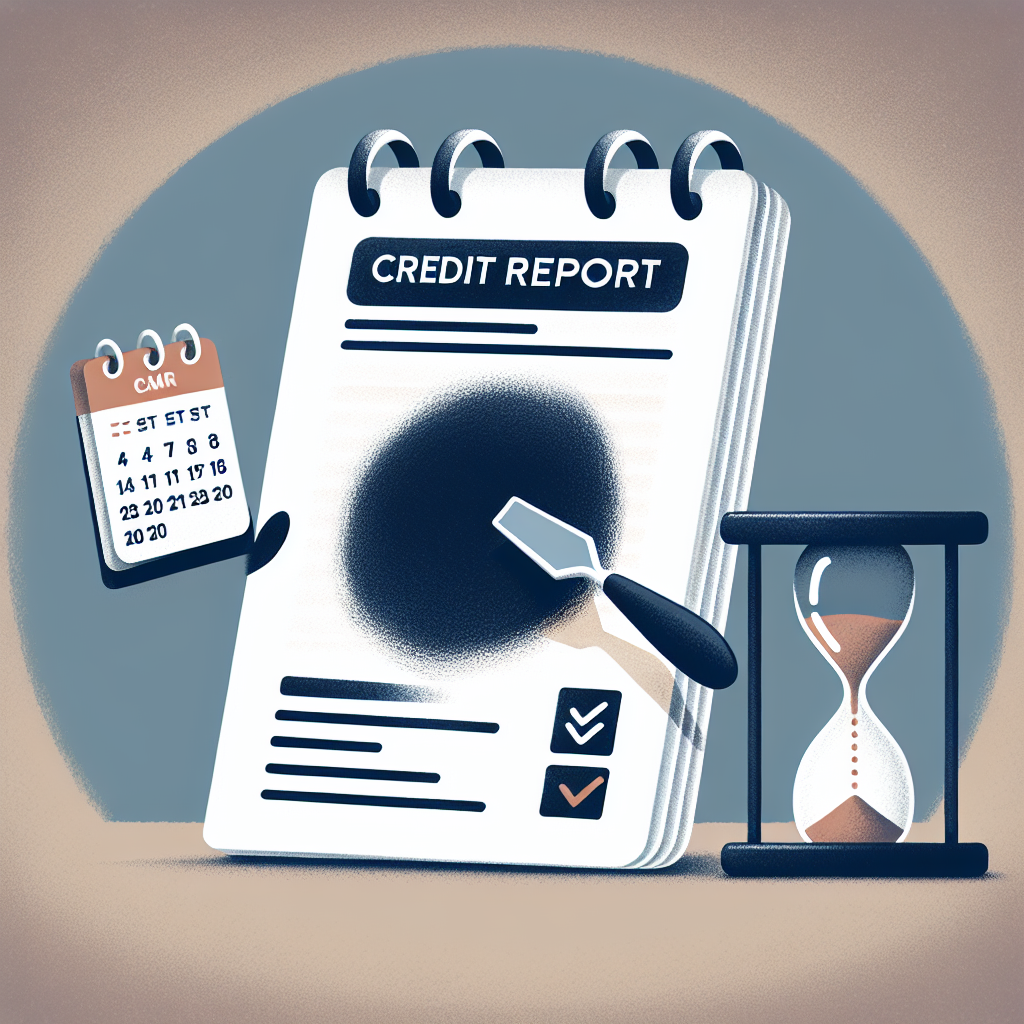Your credit report plays a crucial role in your financial life, influencing everything from loan approvals to interest rates. But what happens when you have negative marks on your credit report? Understanding how long these negative entries can linger is vital to regaining financial stability. This article will provide an in-depth look at the types of negative marks, their duration, and the impact they can have on your creditworthiness.
What Are Negative Marks on a Credit Report?
Negative marks on a credit report refer to entries that indicate a person’s failure to meet financial obligations. These can include late payments, charge-offs, bankruptcies, and foreclosures. When a creditor reports these events to credit bureaus, they can significantly affect your credit score and overall creditworthiness.
Types of Negative Marks
Here are some common types of negative marks that can appear on your credit report:
- Late Payments: Payments that are 30 days or more past due.
- Charge-Offs: Debts that the creditor has deemed unlikely to be collected.
- Bankruptcies: A legal status for a person or entity that cannot repay debts owed to creditors.
- Foreclosures: The process by which a lender takes possession of a property due to non-payment of the mortgage.
- Collections Accounts: Debts that have been transferred to a collection agency after non-payment.
How Long Do These Negative Marks Stay on Your Credit Report?
Late Payments
Late payments typically remain on your credit report for seven years from the date of the missed payment. The impact of a late payment diminishes over time, especially if you make subsequent payments on time.
Charge-Offs
A charge-off mark stays on your credit report for seven years from the date of the first missed payment that led to the charge-off. This can significantly impact your credit score and make it more challenging to secure loans or obtain favorable interest rates.
Bankruptcies
Bankruptcies have the longest lasting impact. A Chapter 7 bankruptcy remains on your credit report for 10 years, while a Chapter 13 bankruptcy can stay for seven years from the filing date. The severity of the impact can vary, but both types can make it difficult to obtain new credit during the duration on your report.
Foreclosures
Foreclosures can adversely affect your credit for seven years from the date of the default. Like bankruptcies, foreclosures can severely impact your ability to secure housing and loans, as they indicate a significant financial hardship.
Collections Accounts
Accounts sent to collections usually remain on your credit report for seven years from the date of the first missed payment. Even if you pay off the collections account, the negative mark will still appear on your report for the full seven years.
How to Mitigate the Impact of Negative Marks
While negative marks can remain on your credit report for several years, there are steps you can take to mitigate their impact:
1. Make Timely Payments
Staying current on your bills is the best way to improve your credit score. Consistent on-time payments will begin to outweigh the effects of negative marks.
2. Request a Goodwill Adjustment
If you have a good payment history but have a few late marks, consider reaching out to your creditors to request a goodwill adjustment. Some creditors may remove late payments from your report as a courtesy.
3. Consider Professional Help
Credit counseling services can offer valuable advice and direct assistance in managing your debts and improving your credit score.
4. Monitor Your Credit Report
Regularly check your credit report for inaccuracies. If you spot outdated or incorrect information, you can dispute it with the credit bureaus to have it removed.
Conclusion
Understanding how long negative marks stay on your credit report is crucial for managing your financial health. Most negative marks, such as late payments, charge-offs, and collections accounts, remain for seven years, while bankruptcies can last up to a decade. However, with proactive credit management and timely payments, you can begin to repair your credit score and regain financial stability over time. Always remember, your credit report is a reflection of your financial actions—make those actions count!
FAQs
Q: Do I need to wait for negative marks to fall off my report?
A: Not necessarily. You can actively work on improving your credit score while waiting for negative marks to age off.
Q: How can I get negative marks removed from my credit report?
A: You can request goodwill removals, dispute inaccuracies, or work with a credit counselor for strategies on improving your credit profile.
Q: Will negative marks always have the same impact on my credit score?
A: No, the impact of negative marks tends to lessen over time, especially when positive financial behavior is demonstrated.
By being informed and taking the right steps, you can navigate the ups and downs of credit reporting effectively, setting yourself up for a healthier financial future.

